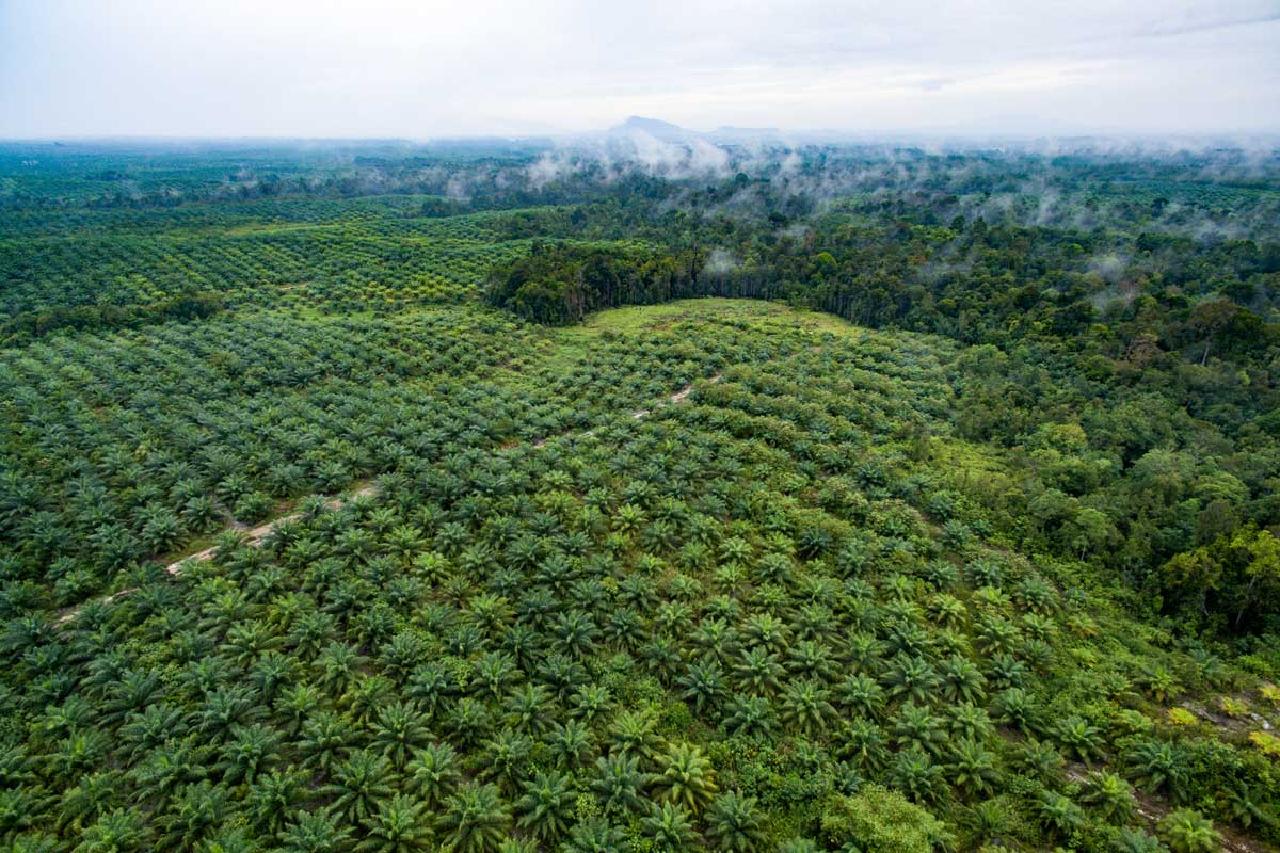[ad_1]
According to a 2011 report by the United Nations Framework Convention on Climate Change (UNFCCC), deforestation, mainly clearing forestry lands for agricultural activities, has been estimated at a rate of 13 million hectares per year between 1990-2005. Deforestation results in immediate release of the carbon stored in trees as CO2 emissions – a direct cause of climate changes.
So what do biscuits have to do with global warming?
One of the main ingredients in the biscuits is palm oil (sometimes disguised on the ingredients label as “vegetable oil”). The popular vegetable oil has been subjected to criticism due to the environmental damages that palm oil companies cause through massive rainforest deforestation, particularly in Indonesia and Malaysia. According to a 2011 report by ProForest for the UK Government Department of Environment, Food and Rural Affairs (DEFRA), in 2009 the UK imported a total of 643,400 mt (metric tons) of palm oil. The food industry uses approximately 68% of the total import of p. oil. Combined with the 23% used for animal feed, the food sector as a whole eats up over 90% of the imported palm oil. Now, here come the biscuits – they make up the largest share of this, likely using over 20% of the total import of p. oil.
Palm oil and its derivatives have been under fire over the past years for the damages they do to rainforests, primarily in Indonesia and Malaysia. Palm oil companies use forests lands as palm plantations. Cutting the trees to produce oil and sell timber impacts negatively not only the environment, but also the animal species that call these forests home. At the same time, global demands for edible oils have been increasing and dragging deforestation rates up. In 2004, the Roundtable for Sustainable Palm Oil (RSPO) was set up with the goal of establishing a sustainability standard and a certification system to ensure that the production of palm oil is regulated and the damages to the rainforest environment and its inhabitants are minimized. RSPO statistics for 2010 show, however, that only about half of the globally available certified palm oil was purchased in 2010, raising questions about the effectiveness of the system.
Would palm oil companies and their massive deforestation practices be willing to stop at a REDD light? In 2008, the United Nations launched their Collaborative Programme on Reducing Emissions from Deforestation and Forest Degradation in Developing Countries (UN-REDD Programme) with the purpose of empowering developing countries to reduce greenhouse gas (GHG) emissions while promoting forestry conservation and sustainability among local communities. The UN defines REDD as “a cutting-edge forestry initiative that aims at tipping the economic balance in favour of sustainable management of forests.” The international community officially recognized the initiative at the 2010 Cancun Climate Summit, and the attending counties pledged to invest $30 billion between 2010 and 2012 in REDD initiatives. In June of 2011, the UN-REDD Programme Policy Board made a commitment to an additional $8.7 million to fund global activities aimed at supporting national REDD+ efforts.
REDD initiatives can earn carbon credits through their capacity to extract and store greenhouse gas (GHG) emissions from the atmosphere. Each REDD carbon credit is equivalent to the removal of one metric ton of CO2 emissions from the atmosphere. These REDD carbon credits might just be the profit alternative that can make palm oil companies abolish deforestation and instead focus on conserving the forests they own while generating revenue though REDD carbon credits sales.
An interesting recent study by Oscar Venter from the University of Queensland looked to compare the profits from palm oil and timber sales a company would make versus its revenue if it were to sell REDD carbon credits and actually commit to conserving the rainforest. The study focused on the forested region of Kalimantan, Indonesia, where deforestation has been causing an outrage among environmental groups. Oscar Venter and his team calculated the amount of potential REDD carbon credits that the plantation can produce and estimated that if each credit can be sold for $10 (£6), conserving the forest could be more profitable than clearing land for oil palm.
Such implementation, while it might seem like a good solution, will surely raise concerns and cause resistance among p. oil companies, which have already invested significant amounts in production establishments and processes. But the positive impact that the potential switch from forestry consumption to conservation, combined with a compatible revenue, will provide for a more comprehensive business practice that benefits all parties involved – the companies, the local communities and the environment. This may finally allow palm oil companies to have their biscuits and eat them too.
[ad_2]




